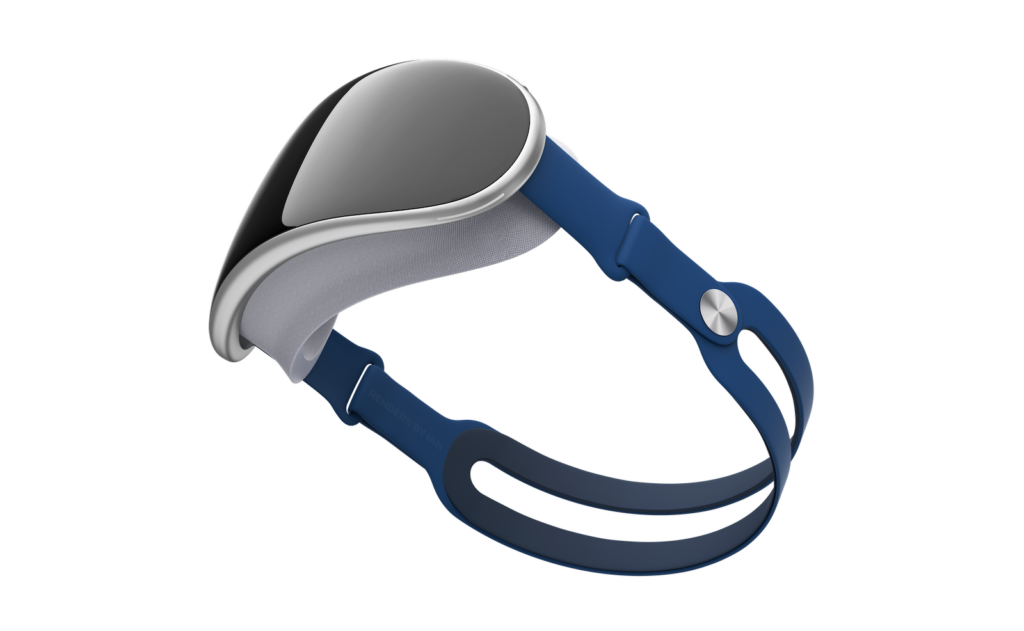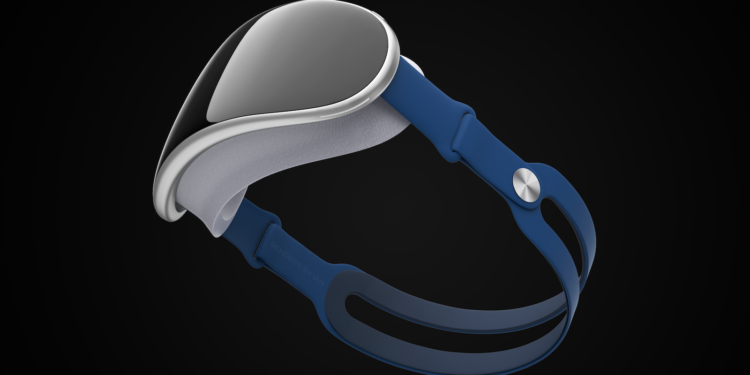The expected 2023 launch of Apple's AR/VR headset is a management decision against the advice of the company's design team, which preferred to wait to launch AR glasses, according to a report.
Apple's AR/VR headset has been speculated about for years, but it has not yet been unveiled. While current speculation suggests that Apple will unveil the headset at WWDC this summer, some at the company would have preferred to wait a little longer. In a Financial Times report on the project is called According to a former engineer who worked on the headset, the launch was postponed due to "tremendous pressure." "They've been postponing the launch repeatedly over the past few years." It's unclear why the launch keeps being postponed, but several people familiar with the project point to tensions between the operations team and the famed industrial design team.
Apple AR/VR headset: Tim Cook sides with Jeff Williams
The operations team is eager to release the "version one" product, the ski goggle design currently being speculated about, which would enable typical VR features. The design team, however, wants to wait until lightweight AR glasses are technically feasible, which could take years.

Apple CEO Tim Cook apparently sided with Jeff Williams, the chief operating officer, in making this decision, overruling the designers who had significant influence on future products under Jony Ive. With the design team reporting to Williams and increased staff turnover, the design team appears to have lost much of its influence. One former engineer said the shift to an operations-focused approach was a "logical evolution" for the company under Cook's leadership. They also said the best part of working at Apple was developing technical solutions to the design team's "crazy requests," but that feeling has worsened over the years.
The first version could serve as a growth catalyst for later generations
This initial offering is also expected to be a rather small sales success, with around one million units expected to be sold within 12 months at a price of $3,000 apiece. This may seem small to observers given the size of the company, but the historical growth in product sales for other milestone products such as the iPhone and Apple Watch could also apply to the headset. Analysts also expect the first version to be sold to loyal users and to show the developer community something to create apps for. With 34 million registered developers working in the Apple ecosystem and potentially developing applications for the platform, the first device could serve as a growth catalyst for the second generation and beyond. (Image: Rendersbyjan)





